It’s been quite a while since I posted to my blog and I’ll share the reasons.
First of all, on the negative side, I’ve been dealing with issues regarding my watercourse since April 4, 2022. (As you read this you might want to keep in mind this is the abbreviated version of my experience with getting the watercourse finished!) In late March our watercourse was losing too much water so I contracted with the company which had originally constructed the watercourse (and made two major modifications since) to effect repairs, which they surmised required a new liner. The company installed a new liner on April 4 but the watercourse then lost water at a rate greater than before, so I turned off the pump which resulted in the loss of my greatest migratory bird attractant. I was able to restart the pump after more work was done on April 30, but the work on the watercourse is still not finished some 8+ weeks after the initial liner replacement.
Despite the loss of the watercourse, we’ve had a stellar migration this year! There have been several days I’ve taken over 300 photos of birds in the yard in one day, and one day of over 400 photos! All of these photos require not only time in the yard but a considerable amount of processing time.
This year, for the first time, I decided to try to document daily sightings of migrants in some detail so that I would have an idea in future years of just when the peak migration might occur and how spread out it might be. I’m aware there are many factors that affect migration but some research and knowledge is better than none. This aspect of recording required me to develop a format and methodology for my observations and to make modifications to fit my data. I also took the time to learn relevant four-letter bird designations to help with my record-keeping. This all required a considerable another considerable chunk of time.
Finally, toward the end of May we embarked on a major repair and remodeling project with our house, and that has also cost me some birding interruptions and time.
So for the reasons I’ve listed, my blog project slipped. My original goal was to publish photos on the blog in a timely, sequential manner, but spending several hours in the yard each day, documenting my sightings and then spending more hours processing the photos just ate all of my available time. By late May I had decided that the most exciting part of the migration was behind us. I was wrong! On May 27, we had three special visitors to the yard which persuaded me to post that experience and to try to return to previous sightings/photos later. In this post I’ll also include a few photos of some of our more frequent visitors on May 27.
The first of our unusual visitors was a Swainson’s thrush which graciously posed on several staging objects while giving the yard a brief tour. This is a spring migrant with beautiful vocalizations (one of which I can closely imitate!) that returns for breeding in the spring.
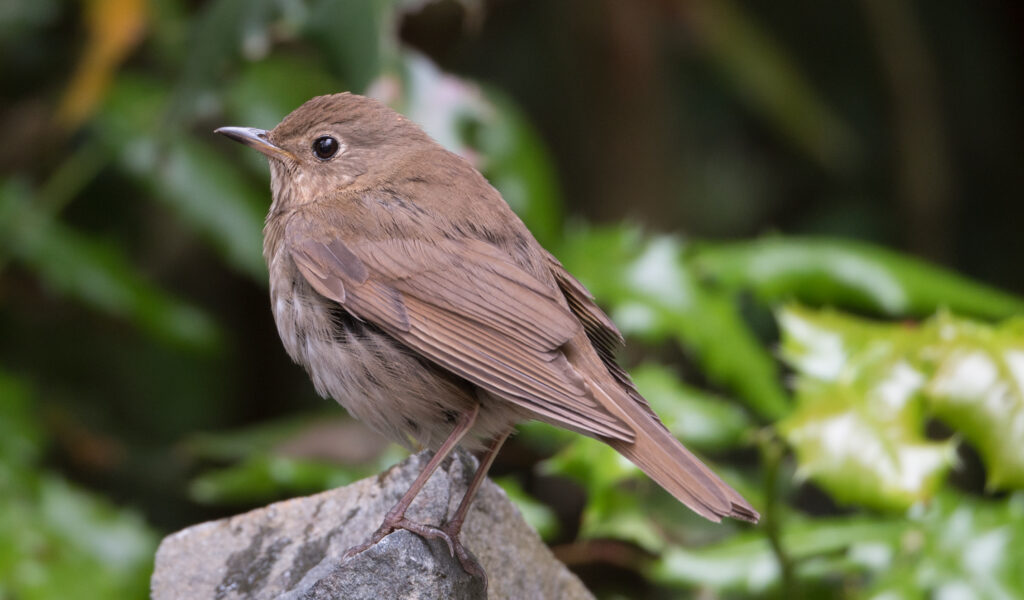
Shortly after the Swainson’s thrush departed I looked up and perched about six feet away (too close for a photo!) was what I believe to be a Pacific Slope flycatcher. Fortunately it made the rounds in the yard and I was able to obtain a few photos.
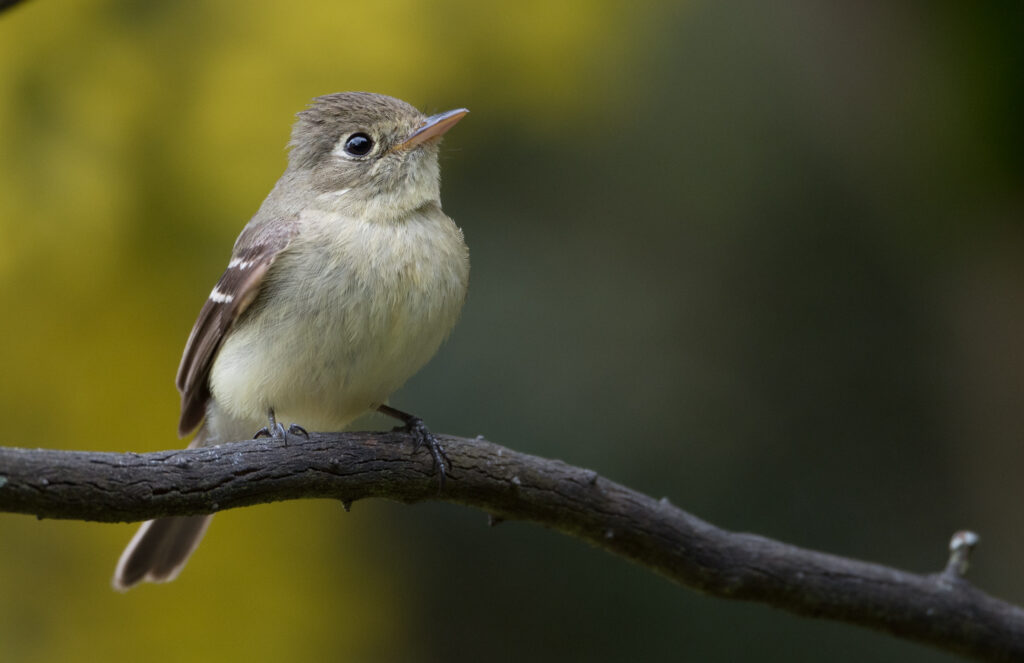
My third unusual visitor, and the rarest for our yard, was a Chipping sparrow. I believe I have seen only one other in the yard and it was here last year. It took a ground tour of the yard before disappearing. While this bird has a very wide-spread distribution and is quite common, it has been an extremely rare visitor to our yard and I have not personally seen others in the county. It’s the winter bane of my Texas sister’s existence who becomes overrun with these birds in the winter!
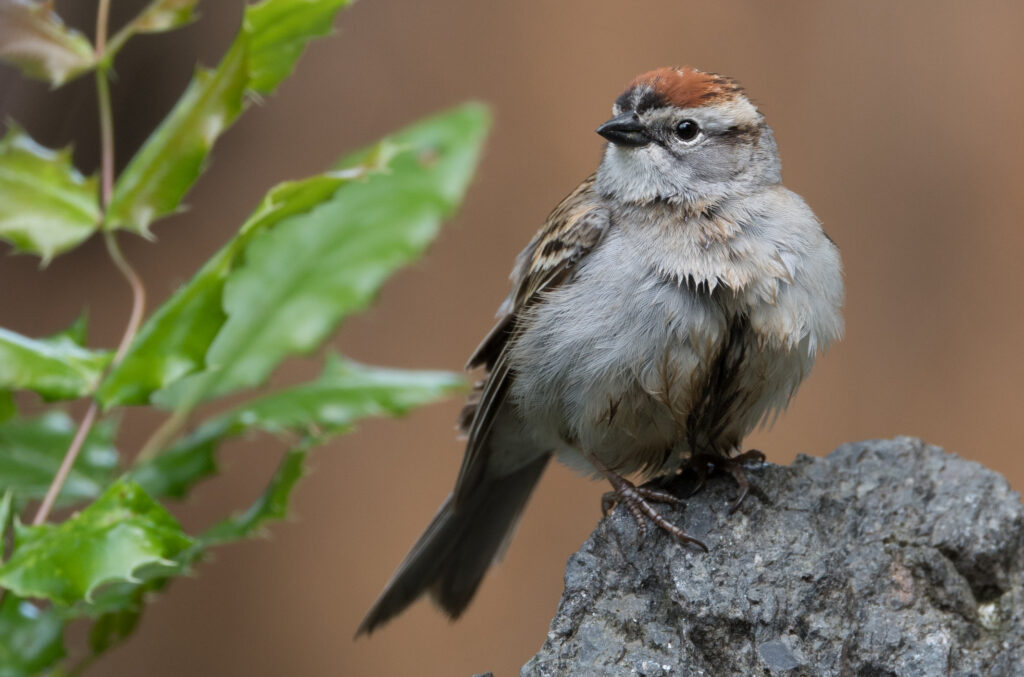
And now, a few of our more common visitors…
A Pine siskin has one of the sharpest weeks of all our yard visitors. Ever wonder if birds have tongues? This photo should answer the question!
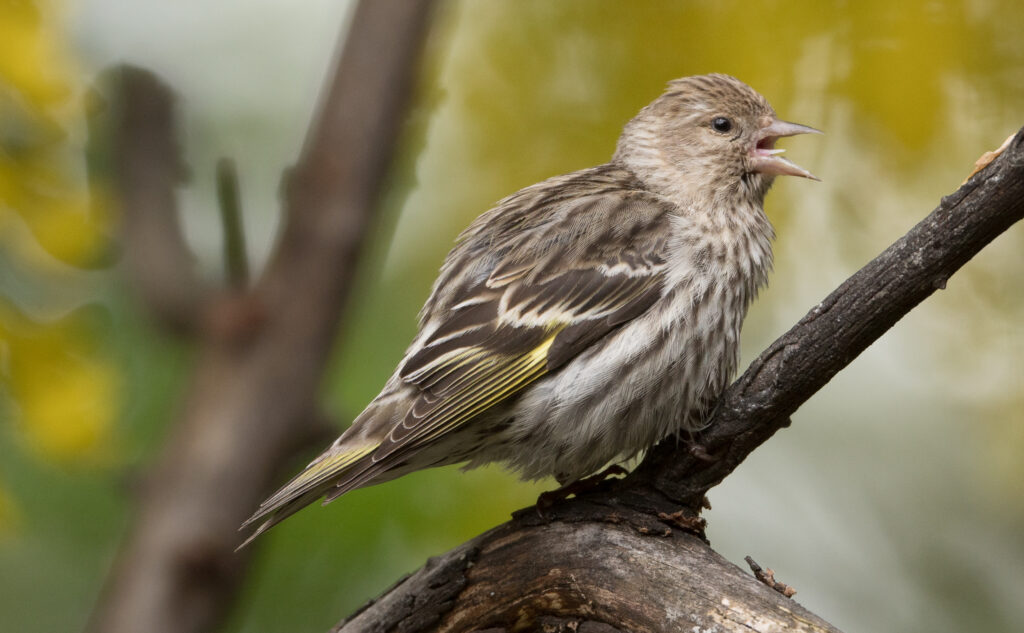
A male Northern flicker, king of the suet feeder!
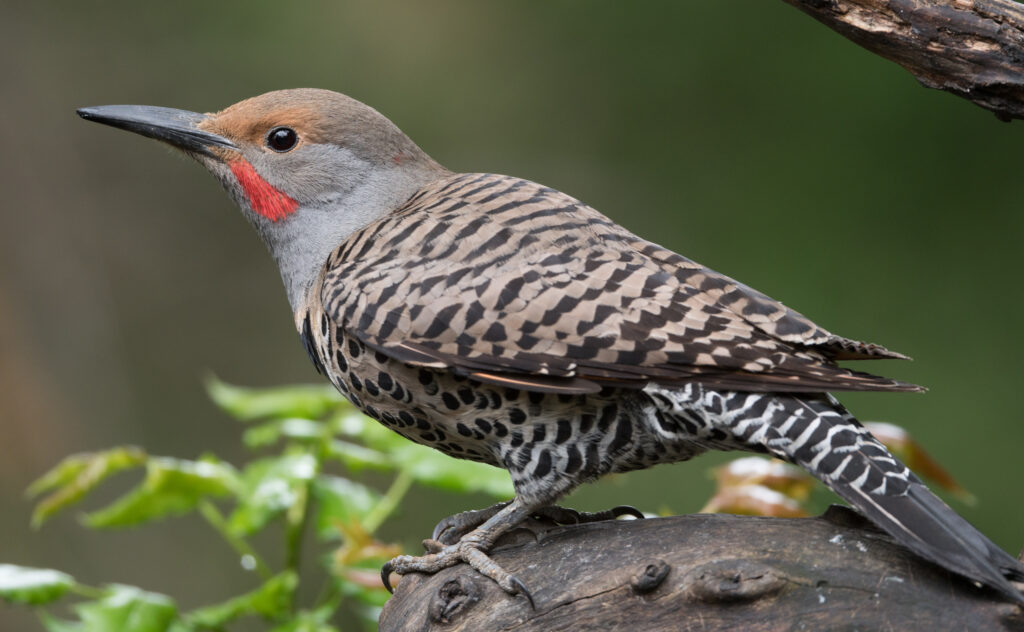
A male House finch. The yellow background in the photo is composed of blooms of our Golden Chain tree.
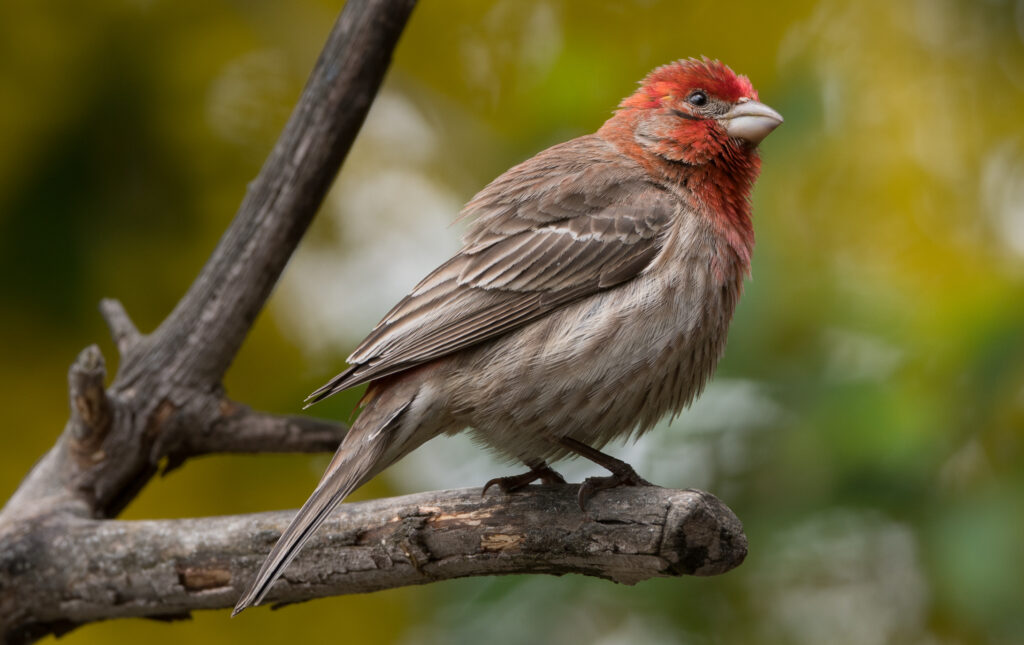
A małe Downy woodpecker, a very frequent visitor to our suet feeder.
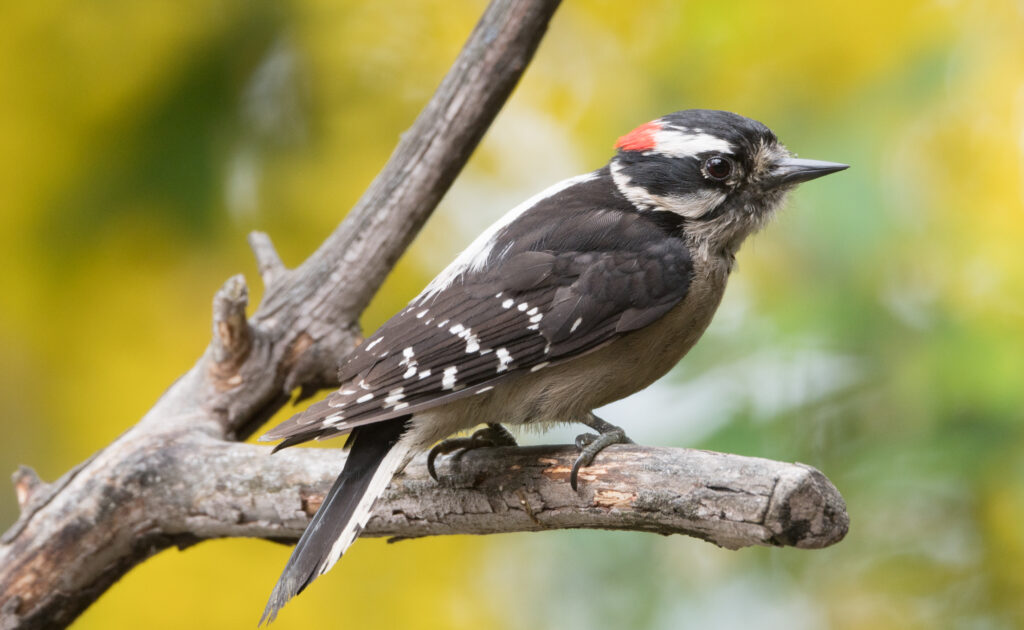
A male Wilson’s warbler, the most common of our warbler visitors…
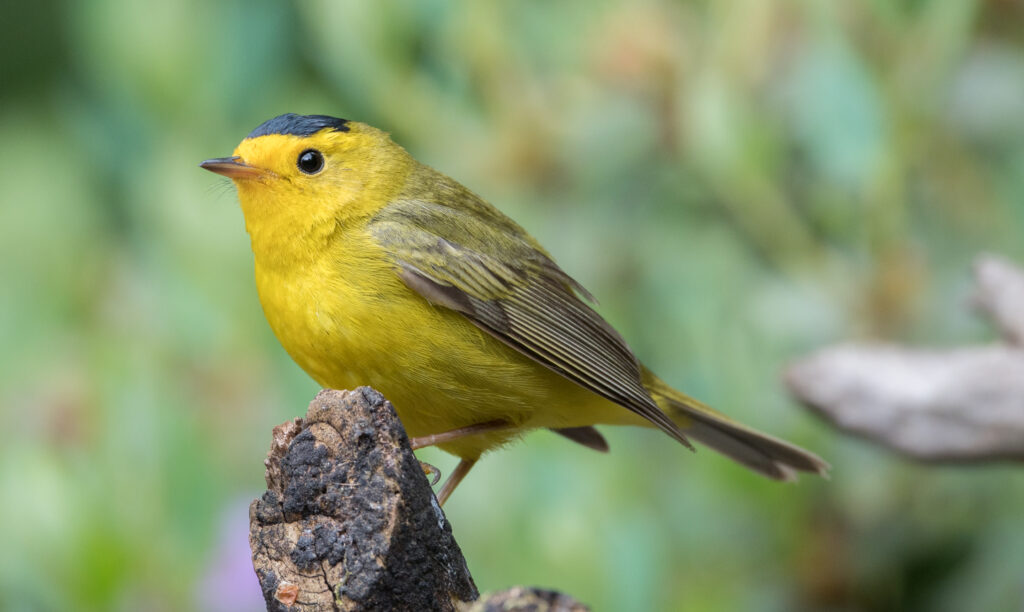
A male California quail, a year-round resident. This past winter we had as many as 17 in the yard at one time. The quail have paired but there is no sign yet of young.
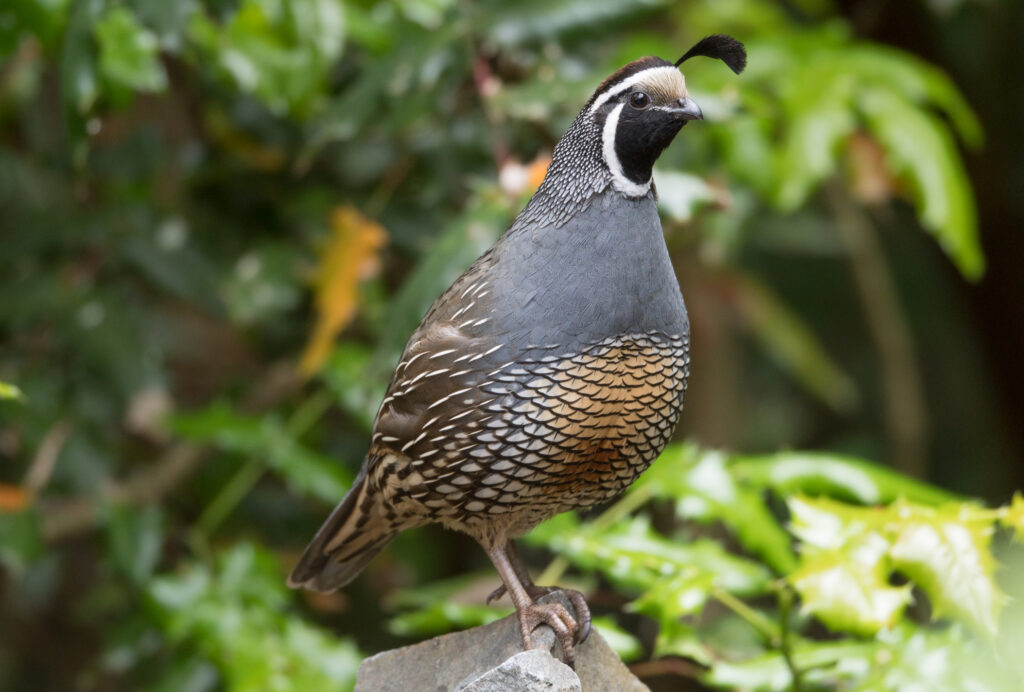
A male Black-headed grosbeak. We’ve had both males and females in the yard and on one occasion we had two males in the yard at the same time.
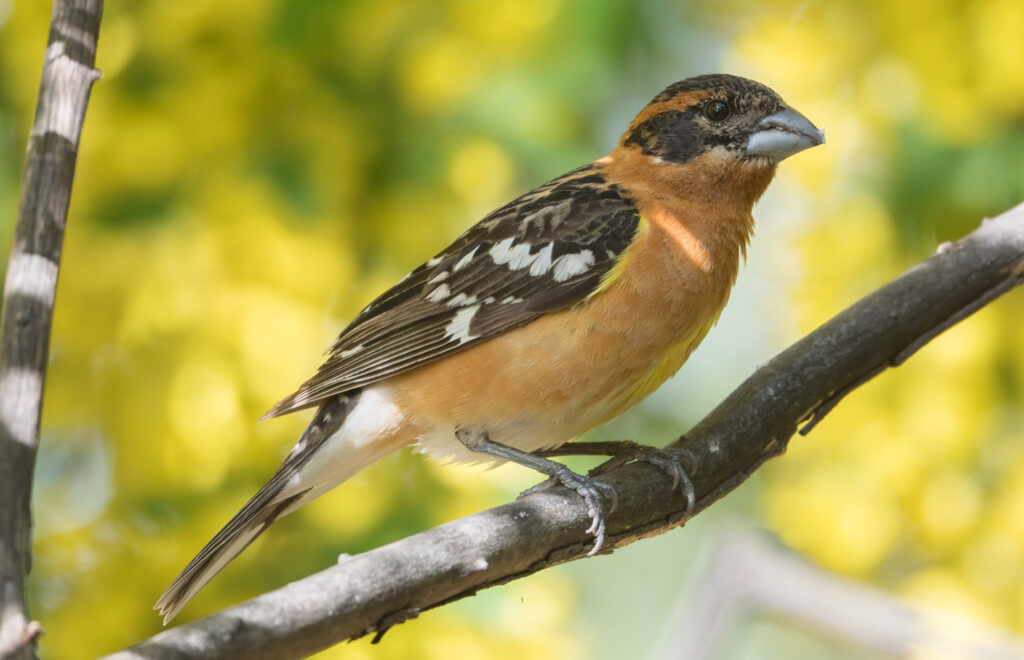
I recorded our yard migration in some detail and if you are interested in a copy and are a local resident, let me know. I’m already mulling improvements in my documentation for next year!
